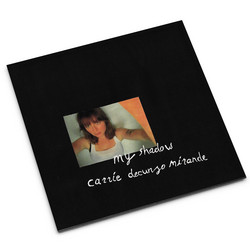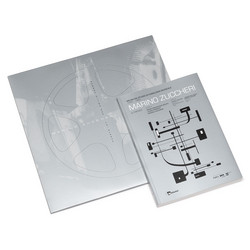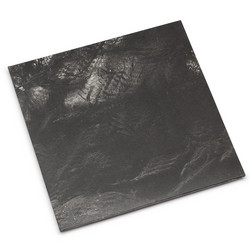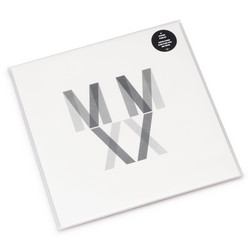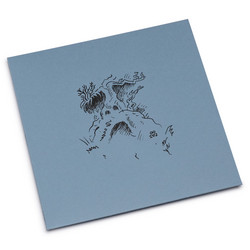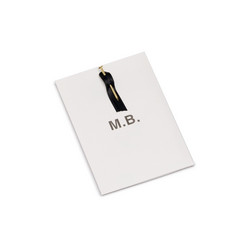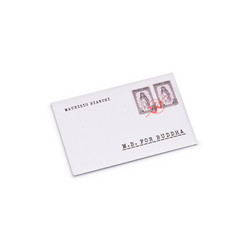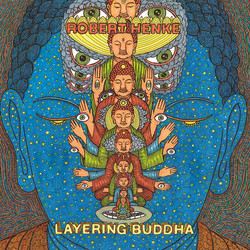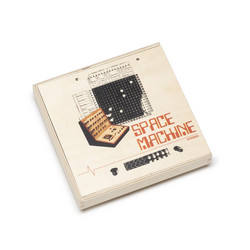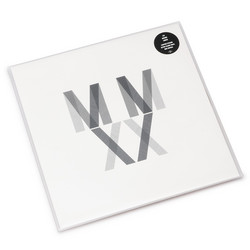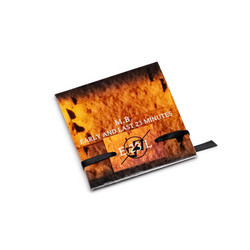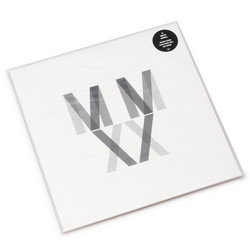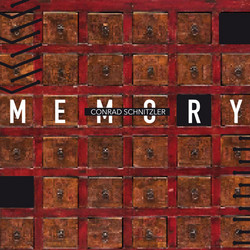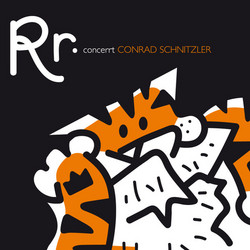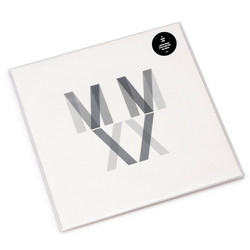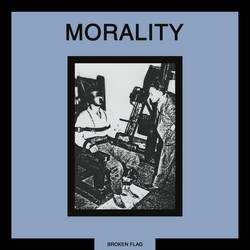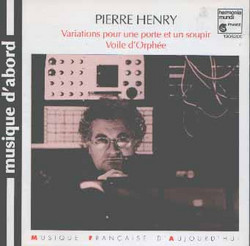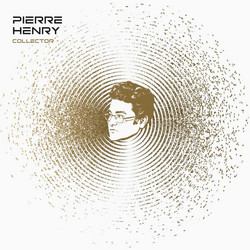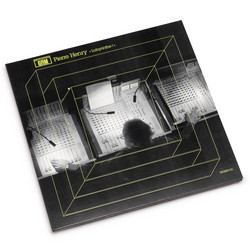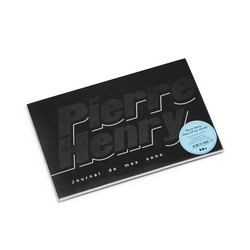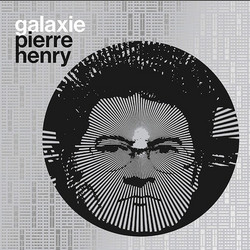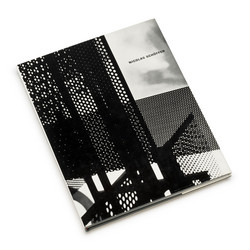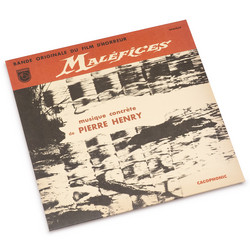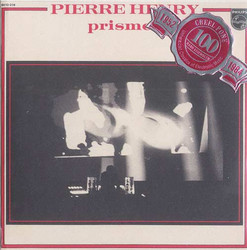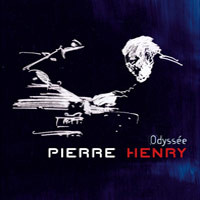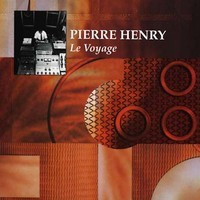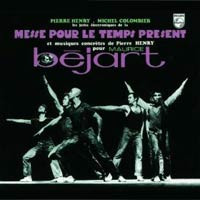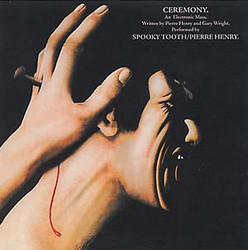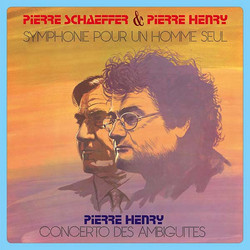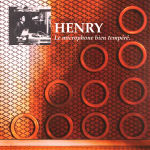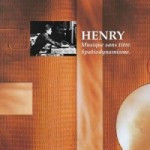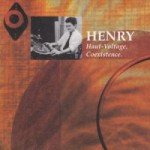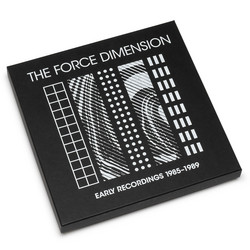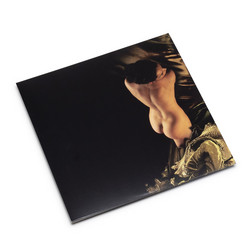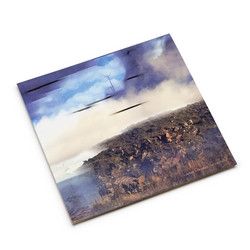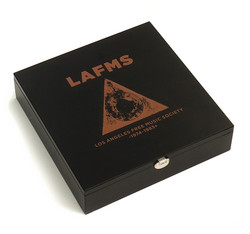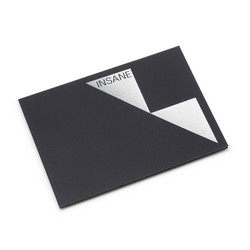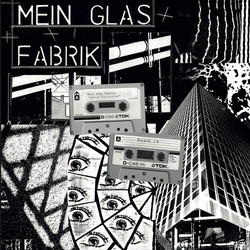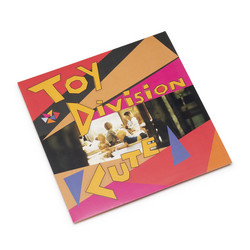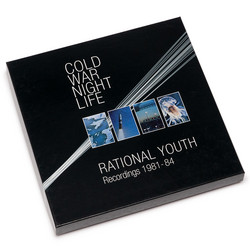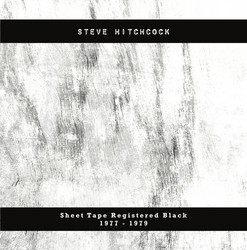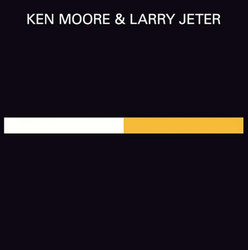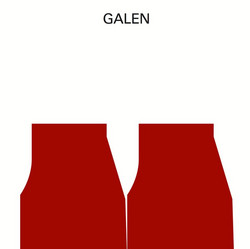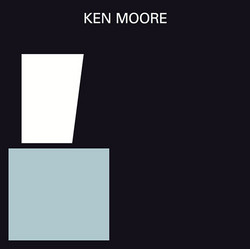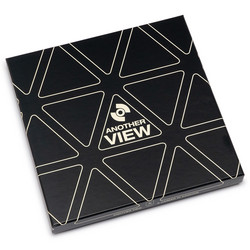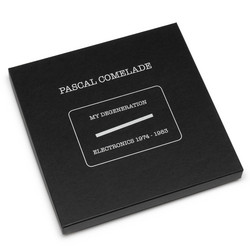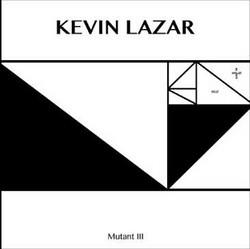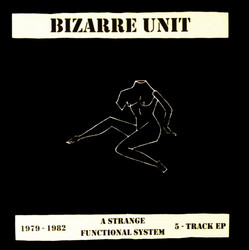Pierre Henry
Choix d'oeuvres 1950 a 1985 (Friends Edition)
** worldwide shipping included ** Friends Edition. This limited 400 deluxe Book-like-Folder in outer Holder Box-Set is covering half of a lifetime in music-history of Pierre Henry, the mastermind for Electro-Accoustic and Experimental Avantgarde & Musique Concrete. It is more than a regular Retro-spective, it is the sharing of Pierre Henry’s personal listening organized by progressing themes and by technological progress. The box set emphasizes the unpublished, the comparisons and the contrasts.
This ultimate anthology is covering the first 35 years of his work mastered by Jos Smolders of Earlabs by the latest means of remastering and restoration in close relation to the artists intention- and Recordings-approach. Transparency, detail and logical history are the substance for this release.
"A long time ago, somebody said to me: "all this noise you do, is nice, but when are you going to compose with this?" I had no clue what he was on about, but he then went on, for some time to come after that explaining the nature of composing electronic music, giving books on the subject and, thanks to the fact he worked in a record store, selling us works of historical significance. Well, some bought them and the others taped them. The same person who introduced us those historical works of Pierre Schaeffer and Pierre Henry worked last year on this massive 10 LP set, doing the re-mastering; I am talking of Jos Smolders of Earlabs. For pretty much everything you read about in Vital Weekly there is a historical reference to be made and maybe I am over doing it but I would like state that perhaps 90% of what is reviewed goes back to music, techniques, ideas Pierre Henry thought about in the early fifties. Henry was born in 1927 and started to study music when he was seven, but also very early on had an interest in working with pure sound. In 1949 he started to work with Pierre Schaeffer, with whom he composed 'Symphonie Pour Un Homme Seul' in which they used everyday sounds, which they treated with very primitive means, but early on they also started to work with oscillators, sine waves and especially reel-to-reel machines, which were capable of capturing every day sounds and which were treated using these electronic devices, but also using all sorts of tape-techniques (slowing down, speeding up, reversing and such like). Since dance companies have used then Henry’s music, but also film makers and even he collaborated with a rock group, Spooky Tooth. He founded the Groupe de Recherche de Musique Concrete and later on his own studios. He composed a lot of pieces, but these ten LPs form a more than excellent introduction (in case you never heard Henry's music) to the man's musical universe, or perhaps you want to have a much better sounding copy than the old records. Jos Smolders did an excellent job cleaning up the old masters and bringing out more depth, more sonic detail on the music. The Henry universe is big here. We have for instance a collage of Beethoven fragments in '10ieme Symphonie', but then the '2ieme Symphonie' is not like that at all: sine waves, electronics and feedback are heavily altered; sometimes it seems that these piece have been improvised, almost in a krautrock fashion in 'Corticalart I/Levitation', which has a hammering rhythm machine, but that's an oddity (and sounding great and it's not what you probably expect.). A piece like 'Haute Voltage' seems all about this kind of modern improvisation with voices and strings. A piece of purely processing acoustic sounds, in this case the piano, is 'Concerto des ambiguïtés' from 1950; compare that with 'Variations Pour Les Cordes Du Piano' from 1953 and you will notice a massive shift: less primitive, heavy on the snares and a most powerful piece of music. Among the many notes I made while playing this music, I noted with 'Microphone Bien Tempere' "NWW like, with speeding of tapes'; for lots of the piece in the box you could easily find other musicians, composers and improvisers from the last sixty years being inspired by any of these works. That piece was among my favourites, along with the dark 'La Noire aÌ Soixante' and 'Hugosymphonie', both which used a lot of field recordings, as well as the pieces already mentioned here, and of course 'Symphonie Pour Un Homme Seul' remains a classic, must heard piece if you even only remotely interested in the kind of modern music we write about. This box is obviously a hefty investment, band perhaps a bit early for Christmas, but it offers a wealth of great music and is great source of inspiration I should think. (FdW)
